Entry Type: Group
Santuario Arco Iris
aka: Arco Iris Earth Care Project (AIECP)
 SARA Founders
SARA Founders
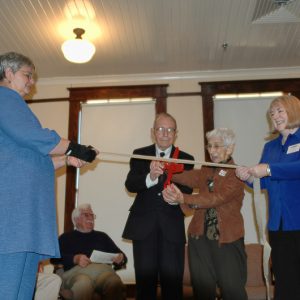 SARA Transfer
SARA Transfer
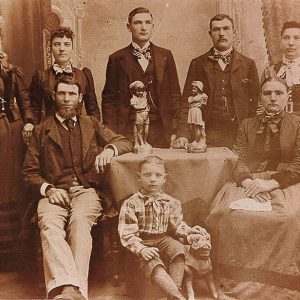 Schilberg Family
Schilberg Family
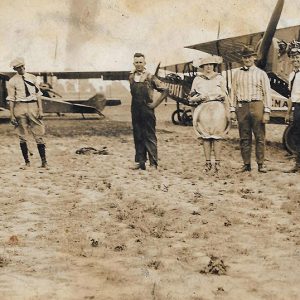 Richard Schilberg
Richard Schilberg
Scott County Historical and Genealogical Society
Second Arkansas Cavalry (CS)
Second Arkansas Cavalry (US)
Second Arkansas Infantry (African Descent) (US)
aka: Fifty-fourth U.S. Colored Infantry
Second Arkansas Infantry (CS)
Second Arkansas Infantry (US)
Second Arkansas Infantry Battalion (CS)
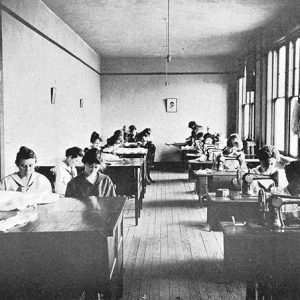 Second District Agricultural School Domestic Science
Second District Agricultural School Domestic Science
 Second District Agricultural School Football Team
Second District Agricultural School Football Team
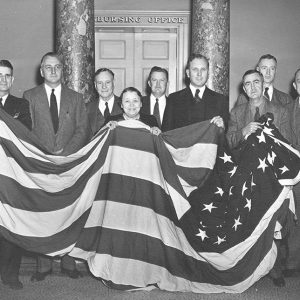 Senators and Representative: 1938
Senators and Representative: 1938
Seventeenth Arkansas Infantry (CS)
Seventh Arkansas Infantry (CS)
Seventh-Day Adventists
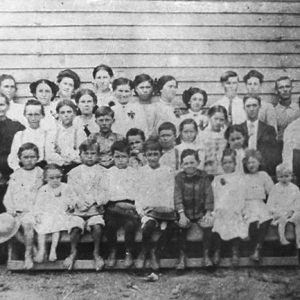 Shadden Springs School
Shadden Springs School
 Sharecropper Family
Sharecropper Family
 Dorothy and Elsie Shaver
Dorothy and Elsie Shaver
Shawnee
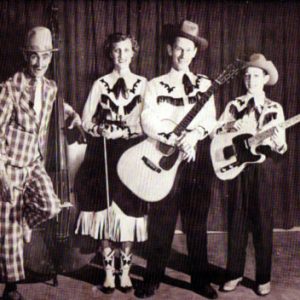 Louie Shelton with the Dixie Mountaineers
Louie Shelton with the Dixie Mountaineers
 Louie Shelton with Seals and Crofts
Louie Shelton with Seals and Crofts
 Sherwood City Flag
Sherwood City Flag
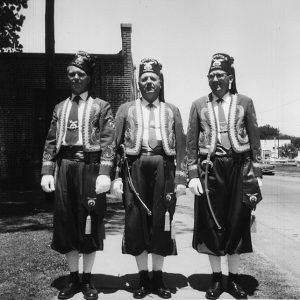 Sahara Temple Shriners
Sahara Temple Shriners
Shriners
aka: Ancient Arabic Order of the Nobles of the Mystic Shrine
 Charlie May and Howard Simon
Charlie May and Howard Simon
 The Simple Life
The Simple Life
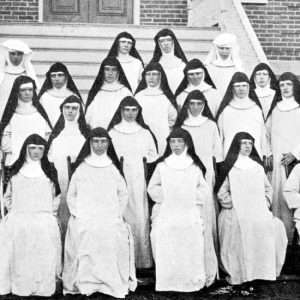 Sisters at Holy Angels Convent
Sisters at Holy Angels Convent
Six Pioneers
Sixth Arkansas Volunteer Infantry (CS)
aka: Capital Guards
Sixtieth U.S. Colored Infantry Regiment
aka: First Regiment Iowa African Infantry
Sixty-Ninth Regiment, United States Colored Troops (US)
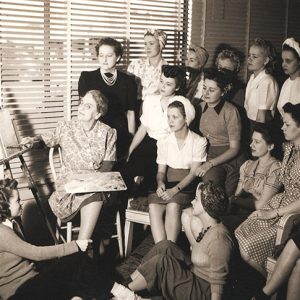 Effie Anderson Smith Studio
Effie Anderson Smith Studio
 Andrew Young Smith & Effie Anderson Smith
Andrew Young Smith & Effie Anderson Smith
 Smokey Bear
Smokey Bear
 Snyder, Broyles, and Ross
Snyder, Broyles, and Ross
Socialist Party
 Patricia Wright and Edwina Walls Mann
Patricia Wright and Edwina Walls Mann
Society for the History of Medicine and Health Professions
 Betty Sorensen with Polio Patient
Betty Sorensen with Polio Patient
South Sebastian County Historical Society
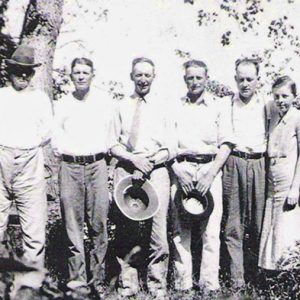 Southerland Family
Southerland Family
 Southerland Dedication
Southerland Dedication
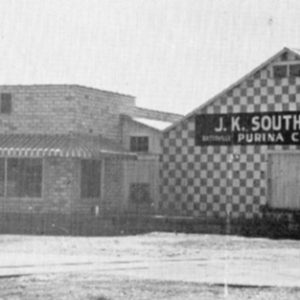 Southerland Stores
Southerland Stores




